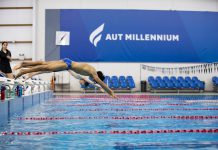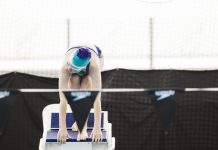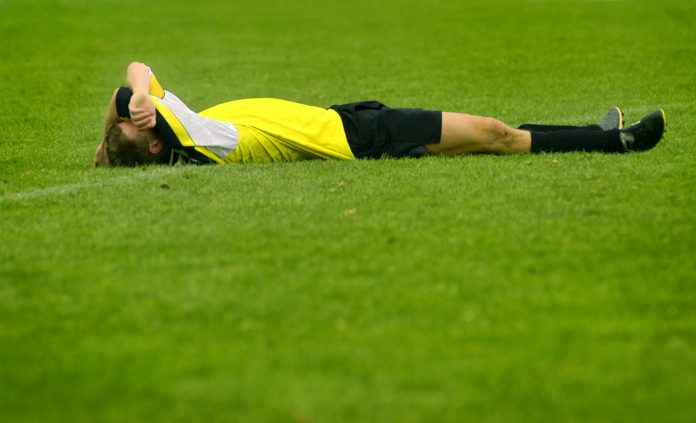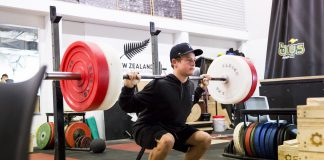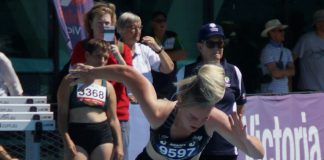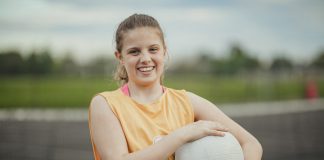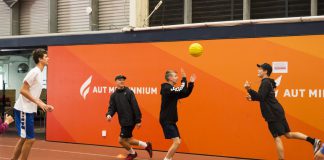The knee is the second most commonly injured joint in the body by youth athletes (just behind the ankle), but we spend more money ever year on fixing them.
The knee is a hinge joint, which means it’s built to only move one way. The femur bone of the thigh locks into the tibia bone of the lower leg. The integrity of the knee during sport relies heavily on the stability that the tendons and muscles that surround it provide. Check out the anatomy of the knee below.
When it comes to knee injuries, there are 3 distinct groups that I see on my table – horses, zebras, and unicorns.
The most common group on injuries are growth plate related specific to youth populations, and seen in athletes across all types of sports. Physios call this group ‘Horses’ – appropriately named due to their high occurrence rates. These injuries involve a strong, stiff tendon pulling on soft bone (i.e. bone that has not yet fully developed) in the wrong way, and cause pain around the top or bottom of the knee-cap which is made worse with running and jumping.
The second group of injuries involve knee pain that is referred from the hip, caused by bigger growth plate problems at this joint. We call these ‘Zebras’ – they’re less common than horses but more serious. Athletes with Zebras often don’t complain of hip joint pain specifically, but may run with a limp and experience a more generalised ache in the knee. Pain felt at rest, or that causes the athlete to wake at night, is generally a bad sign and must be investigated by a medical professional.
And lastly, there are ‘Unicorns’. This group of injuries involve an almost mythical diagnosis that varies from case to case They are rare, but do occur, and must be picked up by medical professionals early to prevent serious long-term implications.
Now here’s the most important thing:
In youth athletes there are a very different set of diagnoses that makes up this four-legged analogy compared to adults.
Most of these injuries result from poor movement patterns which are repeated by the athlete over and over again in training and competition for their sport.
Rehabilitation is not just about managing the injury until the pain goes away, or to the point where the young athlete can just “put up with it”.
Changing the way the athlete moves by strengthening specific muscles is almost always required, and so physiotherapy alongside longer term fundamental movement training must be sort for best results, not only for rehabilitation but to prevent the athlete re-injuring themselves in the future.













